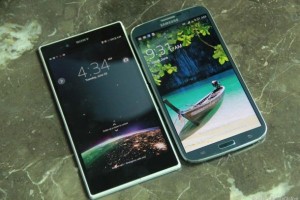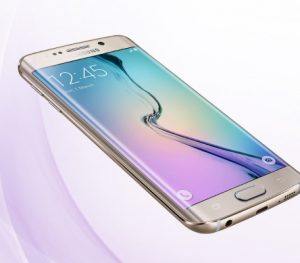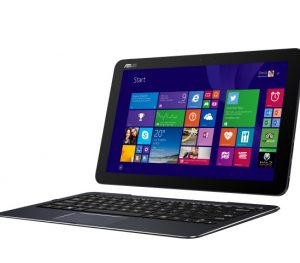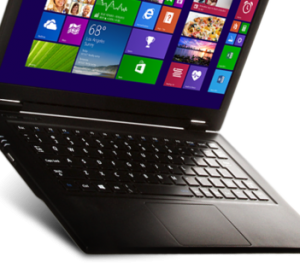When smartphone leader Samsung Electronics introduced the original Galaxy Note, it didn’t have much competition, but since then interest for smartphones with 5.5-inch screens – and larger – has grown.
The new Note 3 faces plenty of competitors, including the Xperia Z Ultra from Sony.
Here’s a look at how the Z Ultra, launched earlier this year, measures up to the Note 3, announced on Wednesday at IFA in Berlin, based on the basic specifications from each company.
The screen
How big can a smartphone become is a question both Sony and Samsung must have been asking themselves while developing their respective products. Sony decided to go with a 6.4-inch screen, while Samsung decided to be a bit more cautious at 5.7 inches. Both screens have a 1920 x 1080 pixel resolution.
Size and weight
The bigger screen on the Z Ultra comes at a cost; the device weighs 212 grams, while the Note 3 is lighter at 168 grams. The Note 3 is also smaller: 151.2 x 79.2 x 8.3 millimeters compared to the Ultra’s 179 x 92 x 6.5 millimeters.
Processors
Like many new high-end smartphones, both the Note 3 and the Z Ultra have quad-core processors running at 2.3GHz and 2.2GHz, respectively. A 3G version of the Note 3 will be powered by Samsung’s own Exynos 5 Octa processor, which has four ARM Cortex-A15 processors running at 1.9GHz and four additional Cortex-A7 cores at 1.3 GHz.
Storage and RAM
Buyers of the Note 3 can choose between 32GB or 64GB of integrated storage and there is also a MicroSD card slot for additional storage. That compares to the Z Ultra, which has 16GB of integrated storage plus a MicroSD card slot for additional storage. The Note 3 also has more RAM — 3GB versus 2GB.
Camera
Smartphone vendors have recently given the cameras on their smartphones more attention in an effort to differentiate their products. The Note 3 can record 4K or Ultra HD videos at 30 frames per second (fps) using its 13-megapixel camera, which could be useful, as long as you are one of the few who can afford a 4K TV set. The Z Ultra has a more traditional 8-megapixel camera that records video in 1080p.











